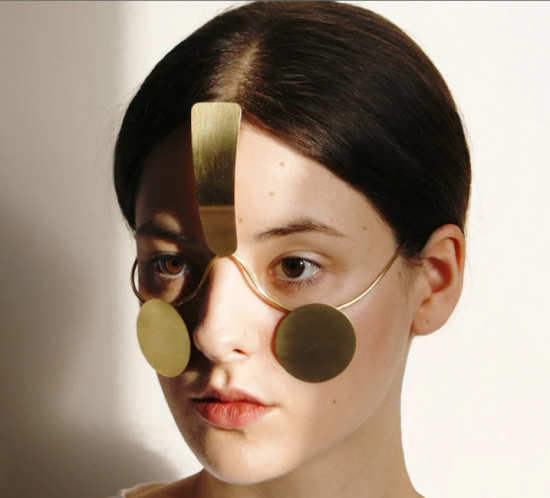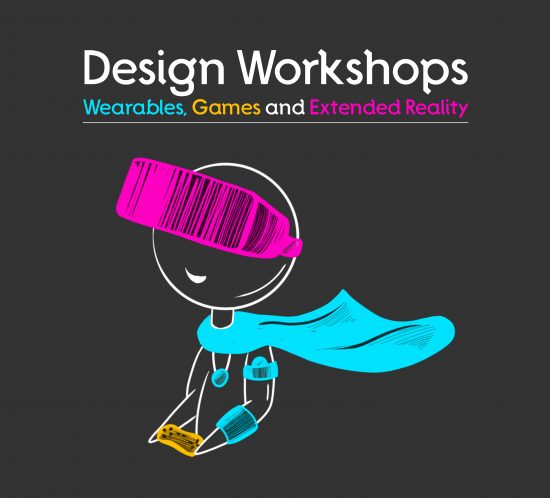
WEARTUAL – Designing and Developing Wearables for Virtual Reality Environments with a Research Through
Design Process

EU funded WEARTUAL project, managed by Dr. Oğuz ‘Oz’ Buruk, explores ways to design and develop wearables for Extended Reality environments.
Extended reality (XR) (virtual reality, augmented reality or mixed reality) is one of the most trending concepts in entertainment today. As a basic explanation, the aim of XR is to provide more immersive media experiences by putting the user into the virtual world of the related media. From social media environments to creative production tools, XR applications are quite varied, and compared with desktop applications, they provide unique experiences because the user is in the centre of a different reality.
However, most of the current widespread extended reality glasses only stimulate the visual perceptions of users, which creates the need for companion devices such as 360°treadmills for incorporating other senses into the XR experience. This is where wearables come in because they can facilitate different kinds of senses and introduce various interaction styles to a XR environments. An example of such concept is the recently released movie Ready Player One, which envisions a future where the utilisation of virtual reality is a common daily activity and where the virtual reality equipment is complete only with the support of whole-body wearable kits. Although this is a fictional scenario, research on XR wearables corroborates with this vision because there are many studies relying on wearables for introducing senses that cannot be provided by XR glasses. However, wearables promise much more than just haptic feedback or gestural controls, and are postulated to make XR experiences more immersive by (1) being a tool for reflecting augmented body expressions, (2) transforming the body in versatile ways to enhance the embodiment feeling and (3) introducing new ways of interacting with the virtual layer through tangible and embedded modalities by augmenting the physical properties of wearables in the virtual environment and expanding their capabilities of representing information.
Considering these, research on wearables for XR still does not answer the following questions: What for wearables can be used in XR, except for providing haptic feedback and gestural control? What is missing in terms of design philosophy in the XR field when it comes to interfaces that can be attached to our body? What areas are still underexplored and how do these areas can help us to reach an ideal state where we have a seamless interaction between the physicality of real life and the digital layers of virtual reality? In this research, our aim is to find answers to those questions.


This project has received funding from the European Union’s Horizon 2020 research and innovation programme under the Marie Sklodowska-Curie
grant agreement No 833731.







